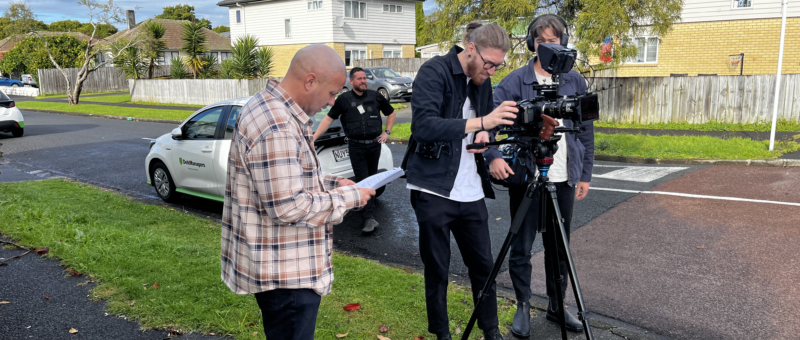In the dynamic world of sales, continuous training is crucial for maintaining a competitive edge. While traditional group sessions and individual coaching remain highly effective, video-based training has emerged as a powerful complementary tool, offering unique benefits that address modern learning needs.
Video training, particularly situational-based content, stands out as the next most effective medium after face-to-face coaching. This approach combines the consistency and accessibility of digital learning with the practical, scenario-based instruction that sales professionals need to excel.
Why Video Training Excels:
- Consistent Messaging: Videos deliver uniform content across the organisation, ensuring all team members receive the same high-quality training.
- Flexibility and Accessibility: Sales professionals can access training materials at their convenience, supporting continuous learning.
- Visual Demonstration: Complex sales techniques and scenarios come to life on screen, enhancing understanding and retention.
- Repetition and Practice: Learners can revisit content as needed, reinforcing key concepts and skills.
Situational-based videos, in particular, offer significant advantages:
- Real-World Application: These videos simulate authentic sales scenarios, preparing teams for diverse customer interactions.
- Enhanced Engagement: Visual storytelling captures attention more effectively than text-based materials.
- Safe Learning Environment: Sales professionals can observe and analyse challenging situations without the pressure of live customer interactions.
- Scalable Skill Development: Organisations can provide standardised, high-quality training across geographically dispersed teams.
Case Study:
A leading technology firm in New Zealand implemented situational-based video training and saw a 30% increase in sales conversions. Their approach focused on creating concise, targeted videos addressing common sales challenges.
The Head of Sales at this company notes, “Video training has significantly enhanced our sales performance. It bridges the gap between theoretical knowledge and practical application, allowing our team to refine their skills continuously.”
Implementing Effective Video Training:
- Concise Content: Develop short, focused videos (under 5 minutes) that address specific skills or scenarios.
- Authenticity: Base content on real-world situations relevant to your sales team’s experiences.
- Interactive Elements: Incorporate quizzes or decision points to reinforce learning and maintain engagement.
- Regular Updates: Keep content current with evolving sales strategies and market trends.
- Blended Learning Approach: Use video training to complement and enhance traditional coaching methods.
The Future of Sales Training:
As technology advances, we can anticipate even more innovative approaches to video-based training. Virtual reality simulations and AI-driven personalised learning paths are on the horizon, promising to further revolutionise sales training.
However, the current generation of situational-based video training remains a highly effective and accessible tool. It offers a scalable, consistent, and engaging method to enhance sales performance across organisations of all sizes.
Conclusion:
While face-to-face coaching remains invaluable, video training – especially situational-based content – offers a compelling and highly effective complement to traditional methods. By embracing this technology, organisations can provide consistent, engaging, and impactful training to their sales teams, regardless of location or schedule constraints.
As the business landscape continues to evolve, video-based training stands out as a key strategy for developing high-performing sales teams. It’s an investment in your team’s future, promising enhanced skills, improved confidence, and ultimately, better sales outcomes.

